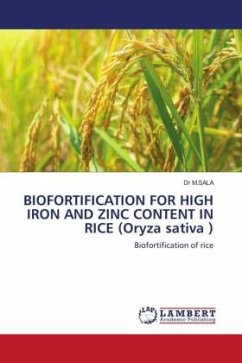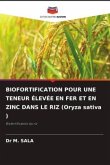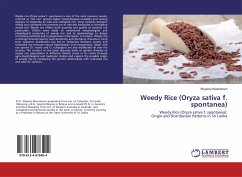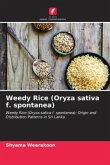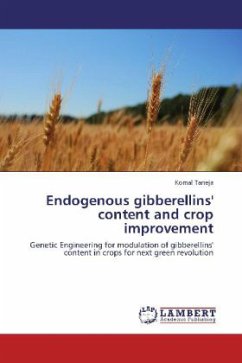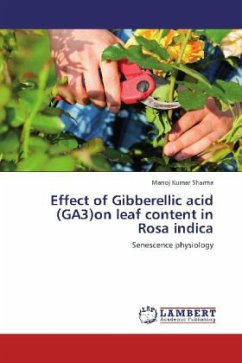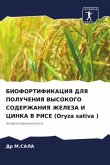Rice, the staple food crop for more than half of the world's population, supplies adequate energy in the form of calories but it lacks other critical vitamins such as vitamin A, minerals such as iron and zinc content and other micronutrients that are essential to human health. Today, micronutrient malnutrition is a large and growing problem in the developing world. Over three billion people currently suffer from micronutrient malnutrition. Iron deficiency may affect three billion people worldwide. It is estimated that 49 per cent of the world's population is at risk for low zinc intake. These micronutrient deficiencies are concentrated in the semi-arid tropics, particularly in South and Southeast Asia and sub-Saharan Africa. Attempts have been made to alleviate these deficiencies through bio fortification, dietary diversification, food fortification, and supplementation. Bio fortification reduces malnutrition by breeding essential micronutrients into staple crops. This approach bridges the fields of human nutrition, crop science and public health to develop a set of highly sustainable nutrition interventions in a cost-effective manner.
Bitte wählen Sie Ihr Anliegen aus.
Rechnungen
Retourenschein anfordern
Bestellstatus
Storno

